Blog
Project Performance Management

Where the tip of the iceberg ends, and true project analytics begins
During the last 10 years Project and Portfolio Management (PPM) technology has greatly matured to facilitate the challenge of managing project information, improving collaboration among stakeholders, and delivering critical status reports for multi-project environments. Like so many enterprise systems, PPM solutions are excellent at easily capturing the information needed. Where these offerings vary is the effectiveness in extracting and communicating relevant project information to improve the decision-making capabilities of project management practitioners. A solid PPM strategy understands the power of analytics and how it can be leveraged to not only track project progress, but more importantly track project performance.
This paper explores the importance of solid analytics within a PPM strategy in taking your organization to the next level by developing a performance management strategy that will impact your project’s success.
The Role of Analytics in Projects
Most project environments are excellent in capturing all the details pertaining to their projects. The challenge lies in developing the best reports and accessing those reports effectively to make strategic and informed decisions. The reality is, most project environments only present the tip of the iceberg when it comes to making tactical decisions to ensure projects are on time, within budget and within specifications. The proper use of analytics can provide a wealth of information to turn your projects into strategic activities that can impact the organization.
Most project management professionals live by their project status reports. The reports typically inform project stakeholders on the following issues:
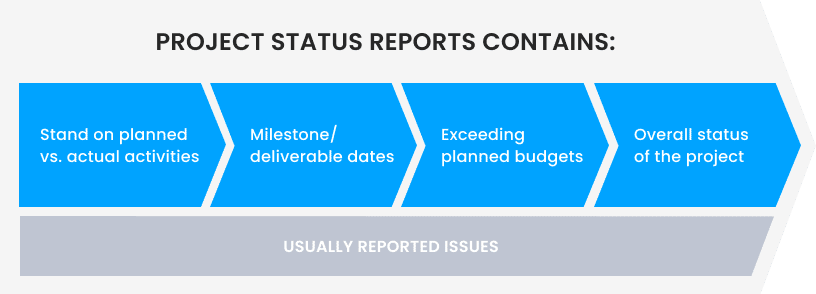
- Their stand on planned vs. actual activities
- Whether they are meeting milestone/deliverable dates
- Whether they are exceeding planned budgets
- The overall status of the project and whether there are any bottlenecks
The common thread that ties these reports is that they deliver a monolithic view of your project environment. Although this tactical data is necessary for a project’s success, these reports typically deliver information from the view of a single project. This siloed viewpoint does not address the overall impact of a project in relation to the rest of the organization it serves, as well as other projects, programs and portfolios that may be affected by its actions. For most organizations, projects do not work in a vacuum. The actions taken in one project directly impact the available resources, costs, and overall alignment to the organization and its strategic objectives.
For organizations to take their basic project reporting from siloed data to true project analytics, there needs to be a consolidation and organization of project data across all projects. Project analytics demand multi-project visibility that delivers relevant, actionable, and strategic information for all project stakeholders based on the input of project data residing in time sheets, budget records, plans and schedules. Project managers need to have the ability to see the actual workload of the resources assigned to multiple projects. PMO leaders need to assess the viability of projects within a portfolio. Management needs to see if projects are meeting Key Performance Indicators (KPIs). And clients need to have access to relevant data to see the progress of their projects. An effective project analytics strategy implies the ability to mine all critical information inputted into both unstructured (documents, spreadsheets, and email) and structured data sources (such as a project database).
The ability to mine valuable project information across the organization will propel projects as strategic drivers to the businesses they serve. Visibility across projects, resources and portfolios empowers project-centric organizations to gauge the performance of project activities and their overall impact to corporate objectives. As a result, project analytics can provide the strategic metrics for organization’s to make well informed decisions based on a complete picture of their project activities
Project Tunnel Vision
In many project-centric organizations project management practitioners and leaders are faced with the same predicament of making their decisions based on partial information. What this creates is “Project Tunnel Vision” that may push forward a project’s progress along its path but does not consider the impact these tactical decisions can have on the overall success of the organizations they serve. Only by diving below the waters of the project iceberg will you truly be able to see the state of a project.
Project Tunnel Vision is more than just the lack of data and limitations on reporting. The fact is the tunnel vision syndrome begins with the people and culture of running projects. When it comes to project management, many organizations tend to work reactively. Project leaders are assigned whatever projects are deemed to be important and are tasked to focus their energies on delivering the best possible outcome. Relatively speaking, strategic project management concepts of a Project Management Office (PMO) and Project Portfolio Management (PPM) are new to most organizations. Both these concepts are excellent examples of where project-centric organizations need to go to strategically respond to their active projects and the people responsible for their success. However, not all organizations are prepared or have the knowledge to move from a more tactical approach to a strategic mindset. This shift can only begin by first evaluating your current situation and developing a plan of action to take your projects to the next level.
Performance Management: Taking your Projects to the Next Level
To take your projects and its drivers to the next level, it is key to include an analytics strategy in your overall PPM and governance framework. Business Performance Management (BPM) has a lot to share in regard to assisting project-centric organizations.
Business Performance Management (BPM) is a discipline that grew out of the Business Intelligence world. BPM allows companies to mine business data from various sources, analyze it and take appropriate action. Through the continuous review of relevant dashboards, BPM delivers the strategic information to facilitate business leaders to gauge and monitor specific business activities and their staff against predefined targets. The primary goal of BPM is to identify problem areas quickly and better forecast results. BPM is also used for risk analysis and to conduct what-if scenarios to improve future performance.
Although BPM is commonly used in areas such as operational performance, sales performance and financial performance, the project management world has been inconsistent in its usage. The concept of a balance score card is an excellent example of a BPM methodology often not employed by many project management groups. Balance score cards have been at the center of the BPM world since its beginnings incorporating both financial and non-financial metrics to monitor the performance of an organization’s metrics against specific targets. In addition, methodologies such as Activity-Based Costing (ABC) also popularized by BPM can provide excellent insight to projects by assigning cost values to all activities and resources impacting projects and their stakeholders. These BPM methodologies and others that are commonly employed by businesses can deliver the much-needed value to an organization’s portfolio of projects both at the macro and micro levels allowing project leaders to make strategic decisions and ensure that their projects are performing at the expected level.
Organizations with mature project environments understand that a well thought out governance framework and a Project Portfolio Management (PPM) strategy is the first step in identifying what metric and analytics are needed to improve the performance of their projects. However, beyond the framework, PPM means mining the mission critical project data captured throughout your organization and measuring its performance against the corporate goals and Key Performance Indicators (KPIs) initially set forth. Although many models of measurement are readily available, the biggest challenge lies in quickly accessing the data from multiple sources, massaging the information, and then providing the relevant results to the appropriate decision makers. Consequently, true project analytics means that organizations need to treat and respond to their project information with the same conviction and care as their colleagues are currently doing in sales, operations, and finance.

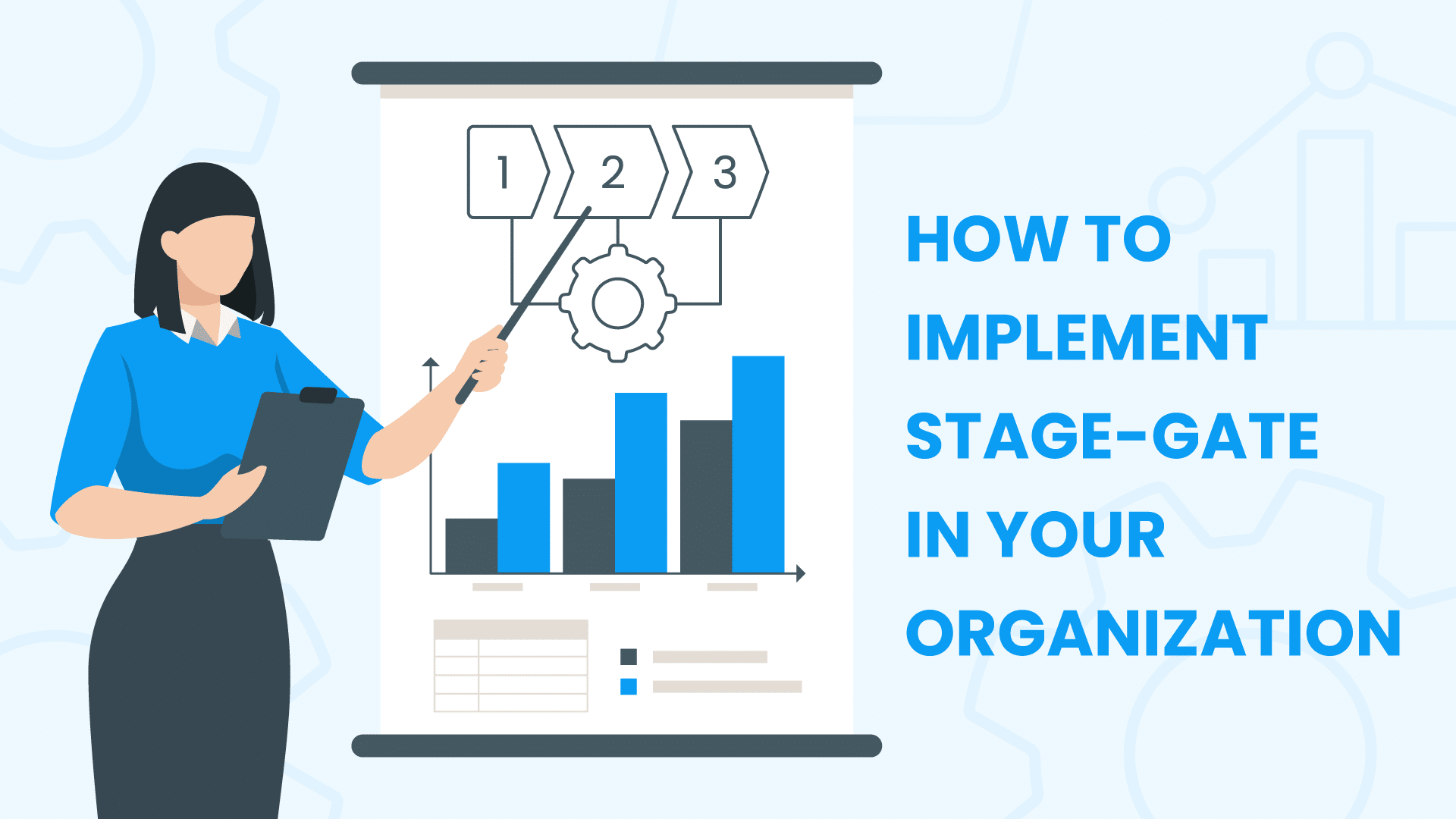






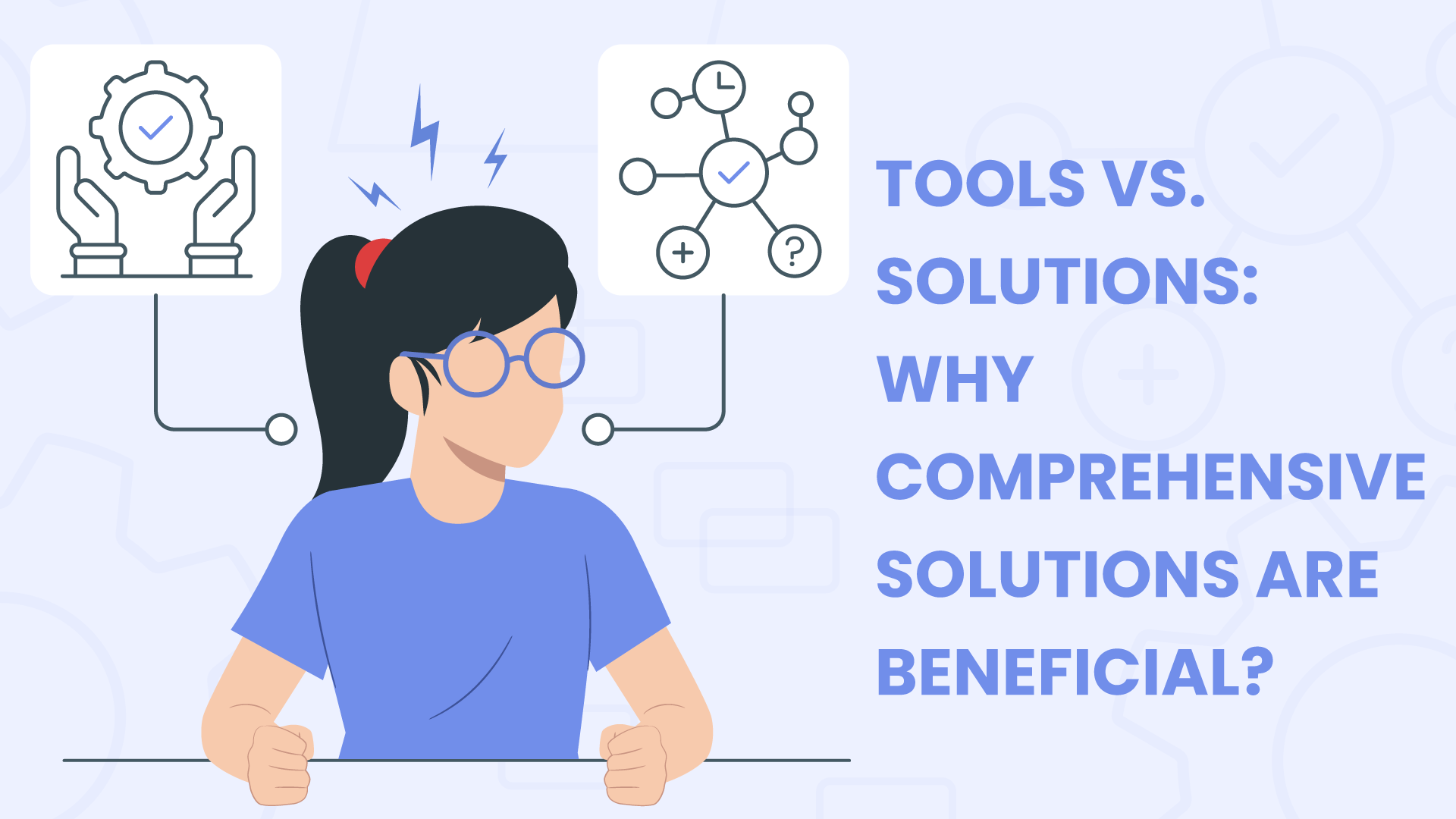




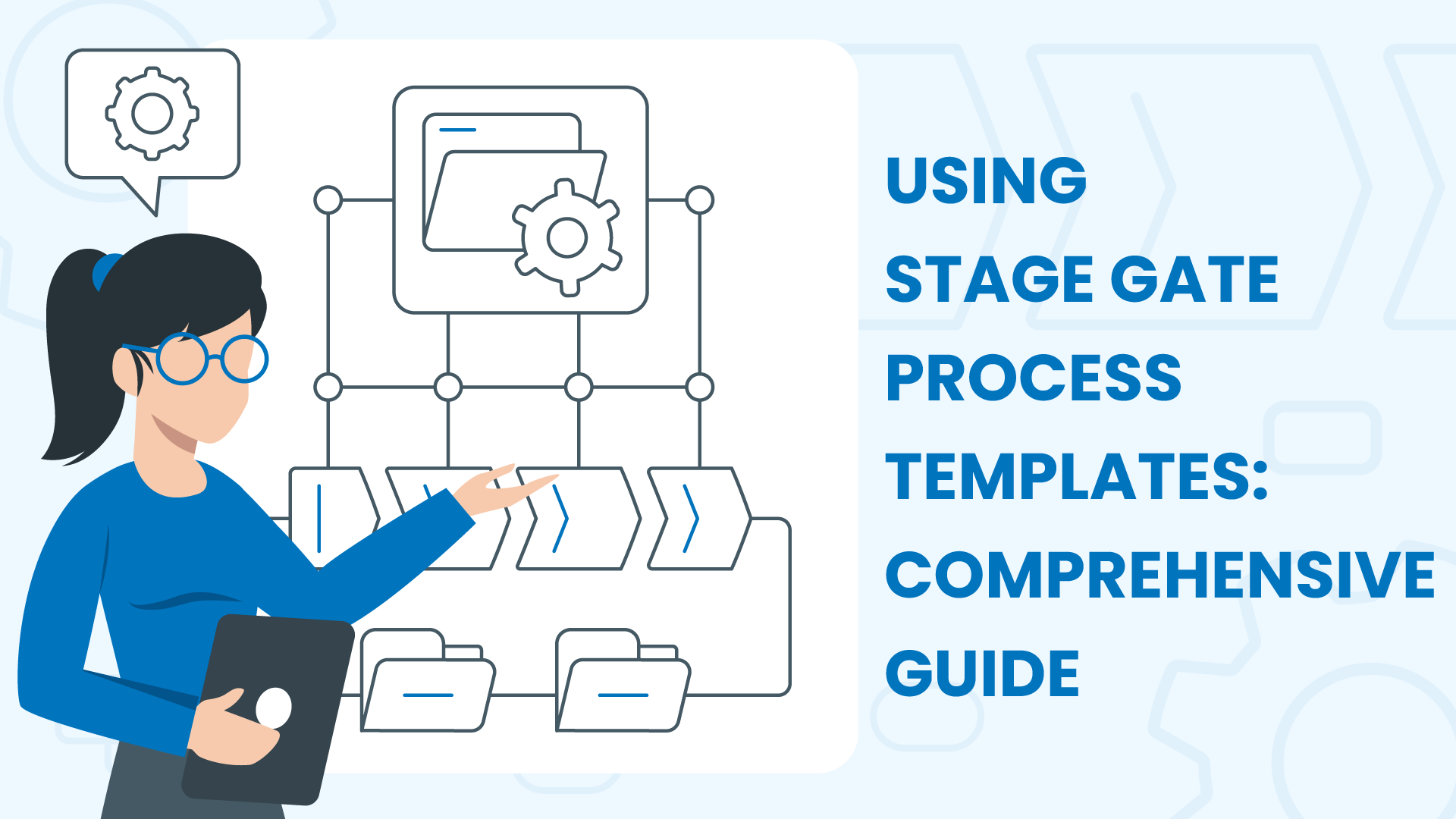




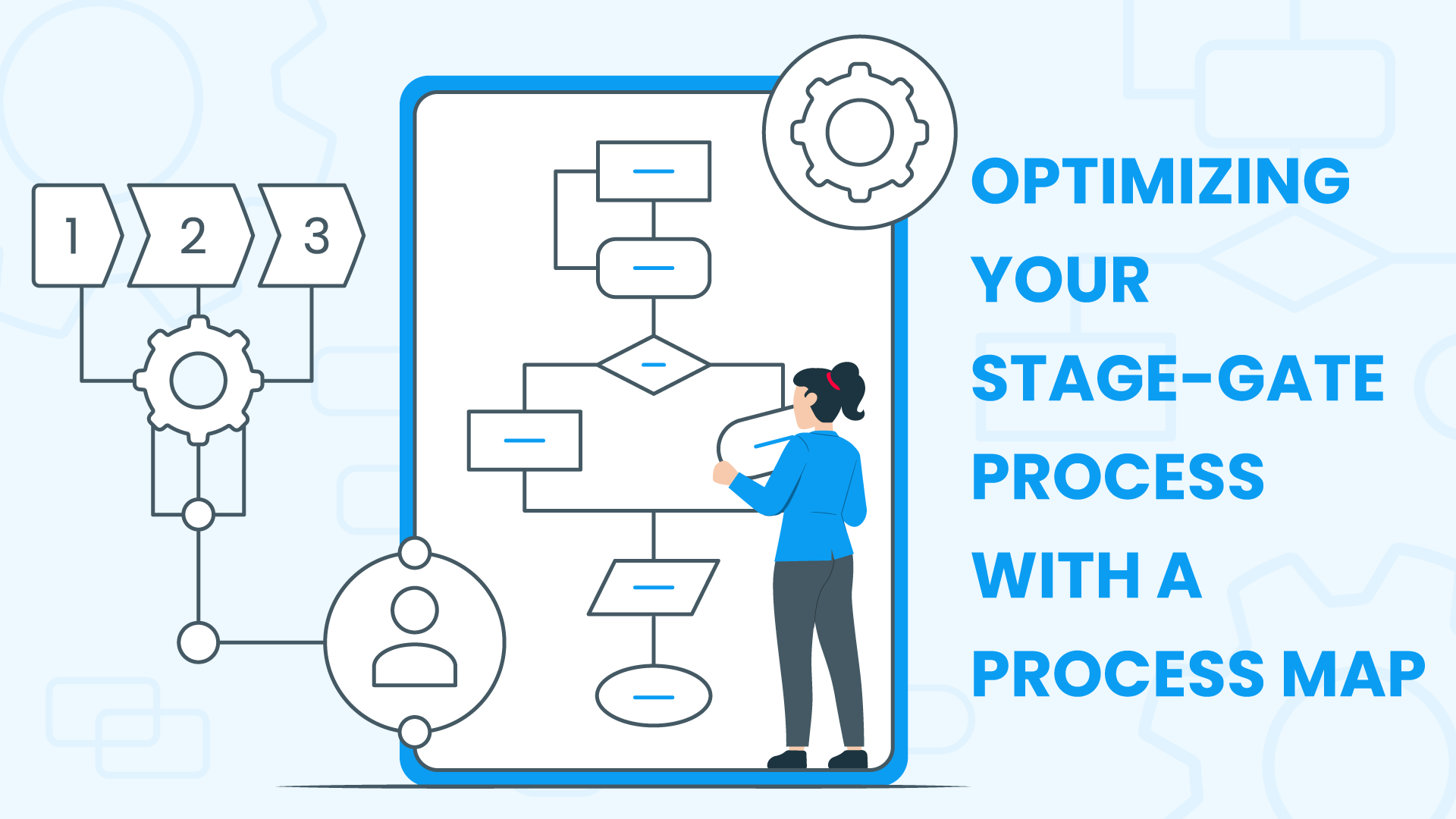




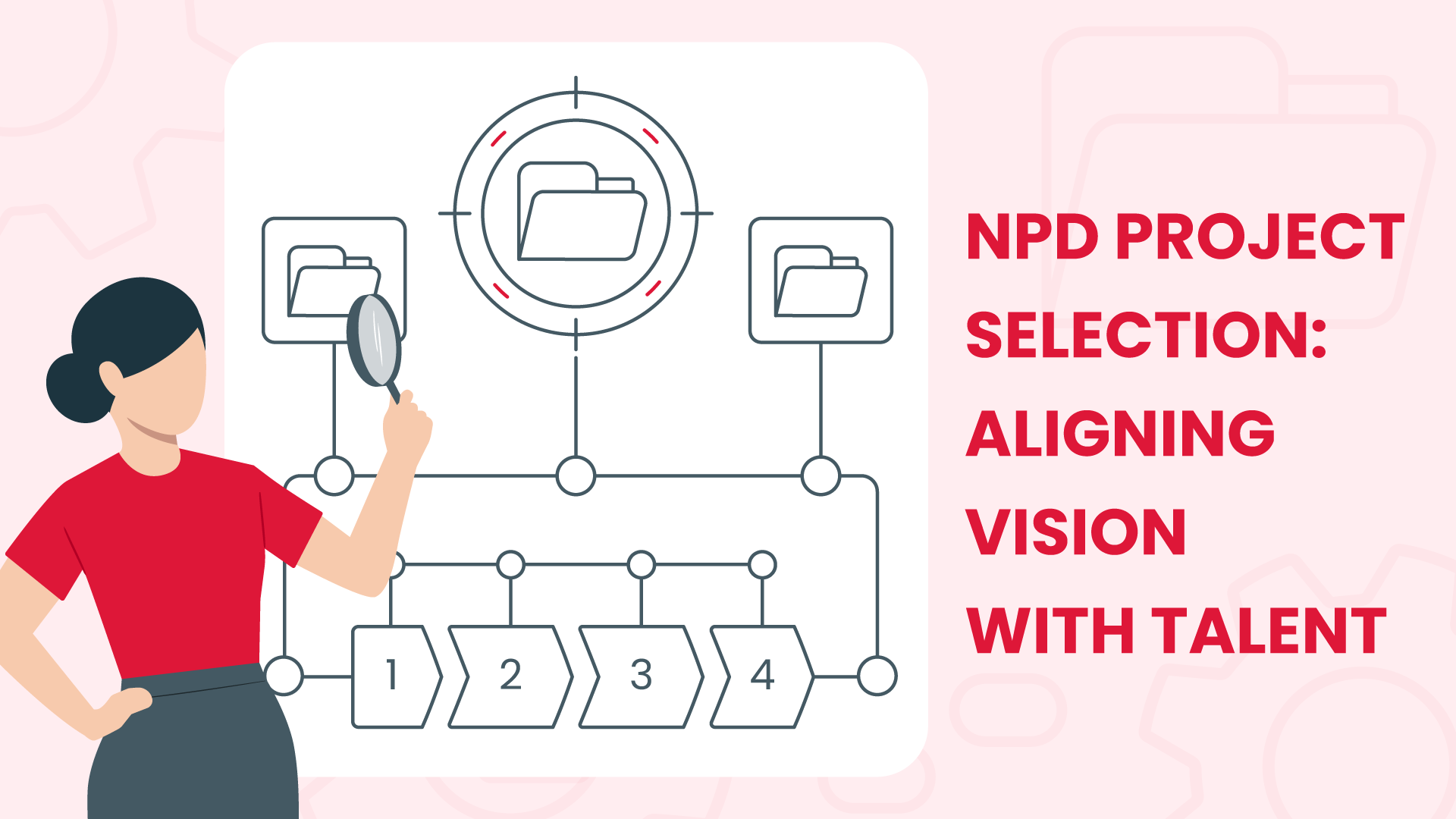



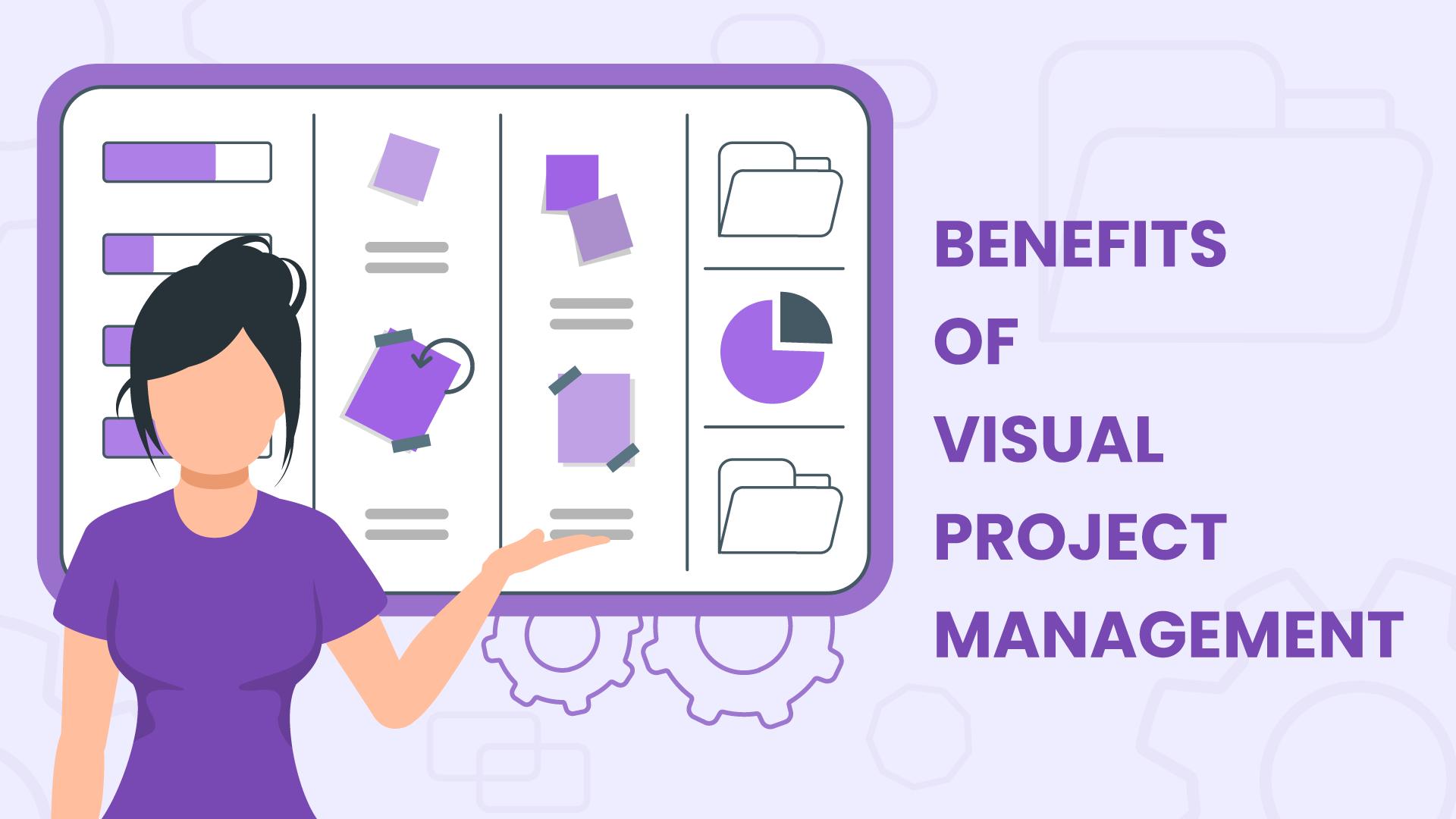








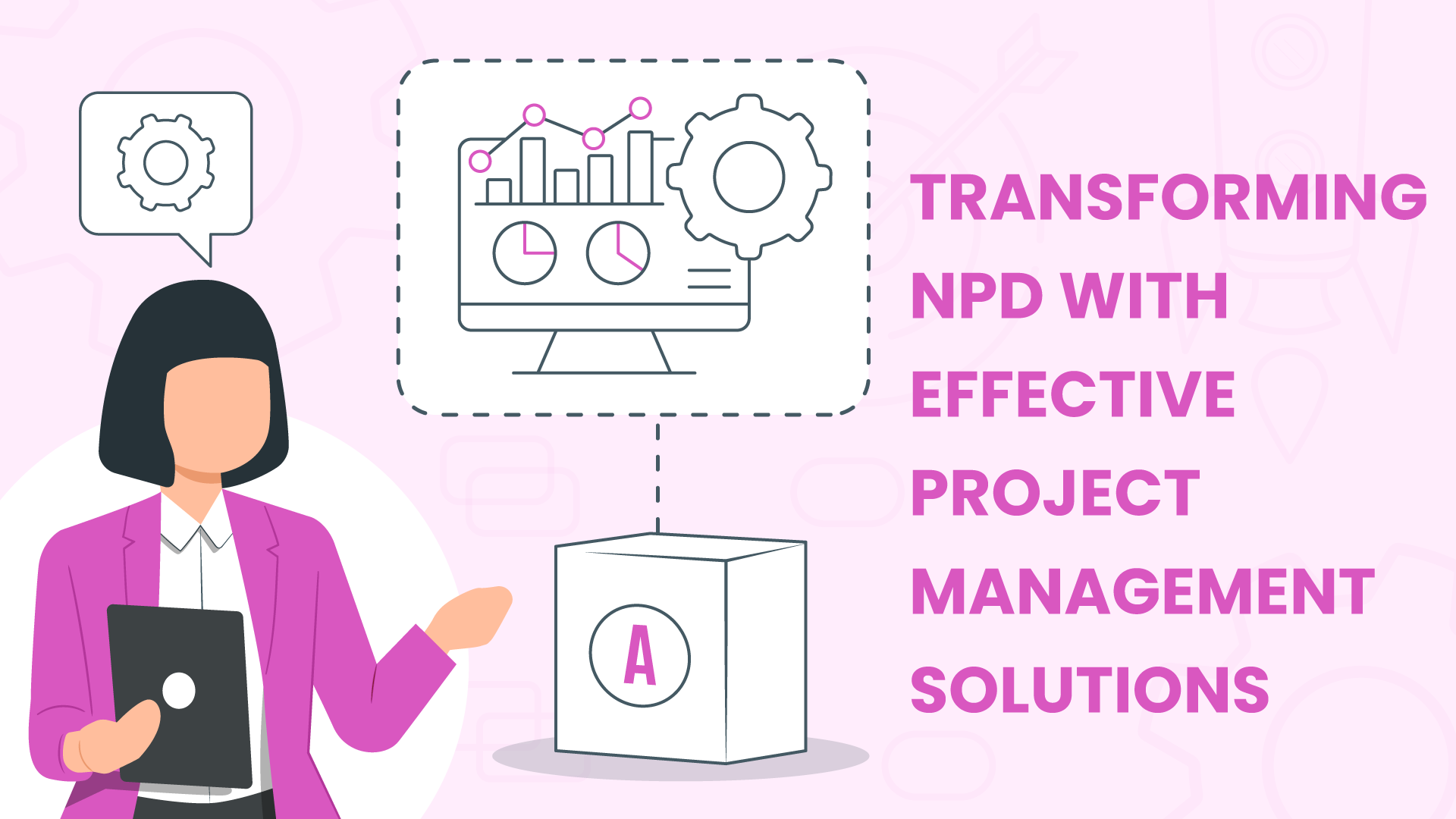

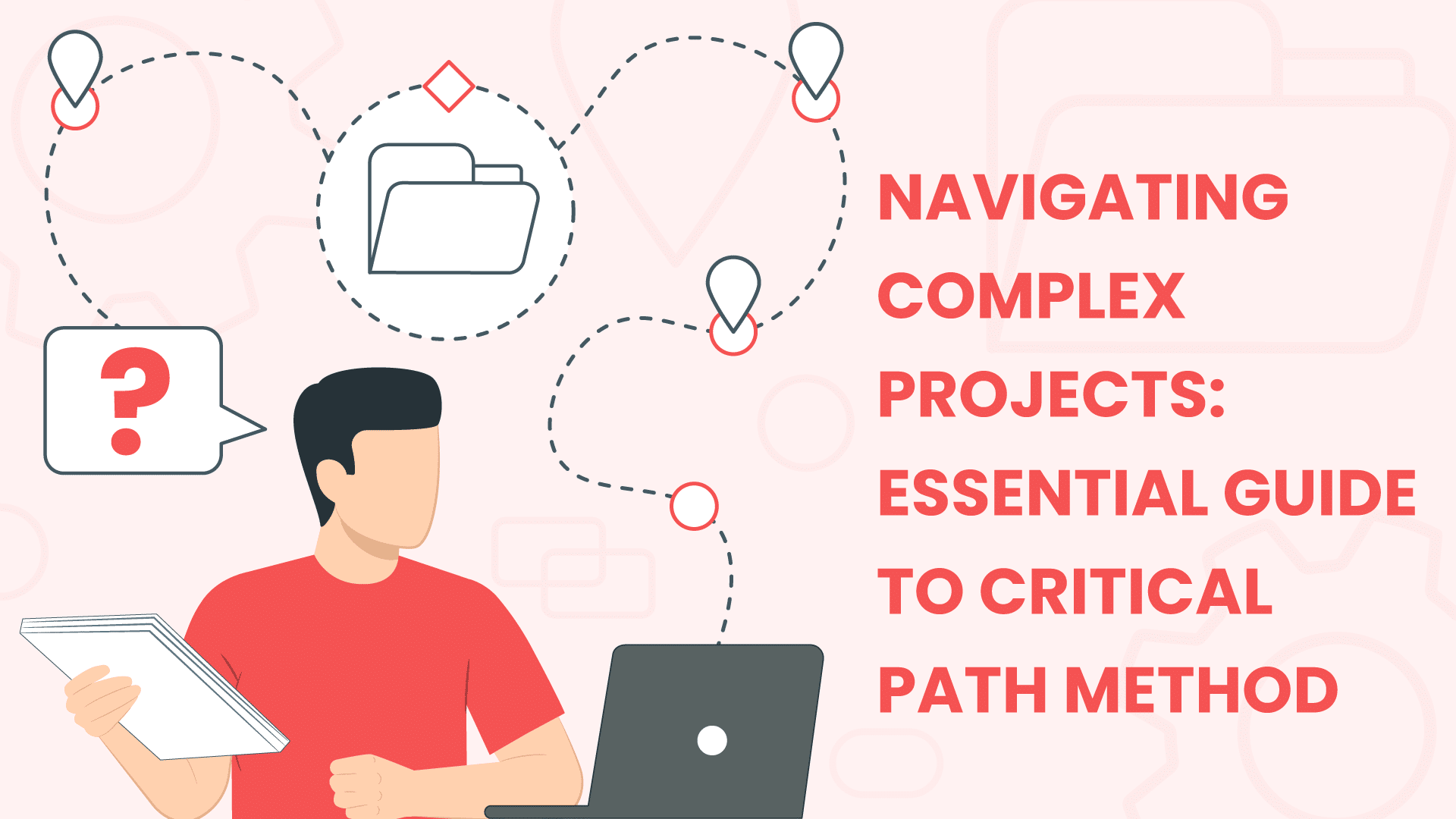







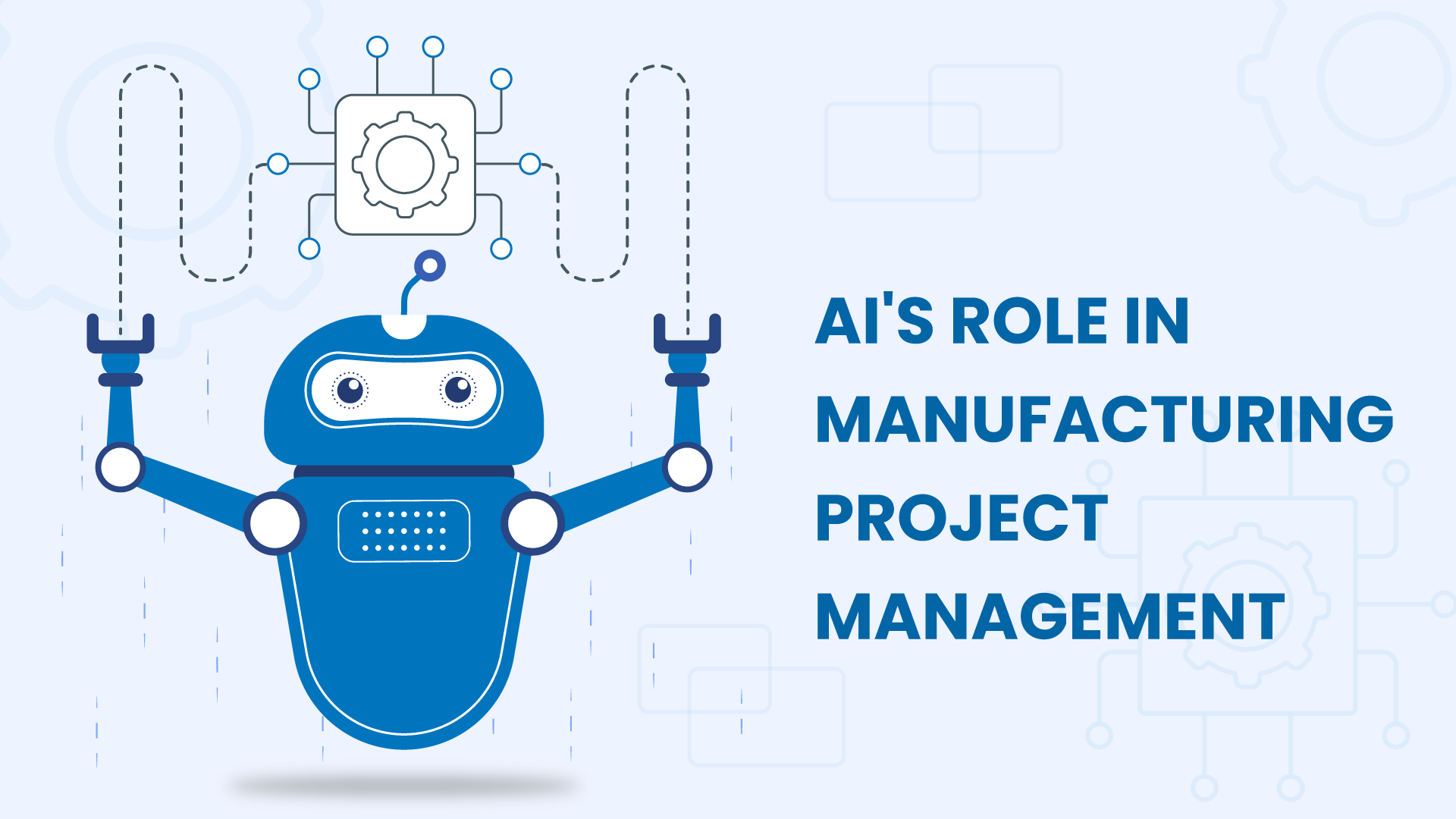



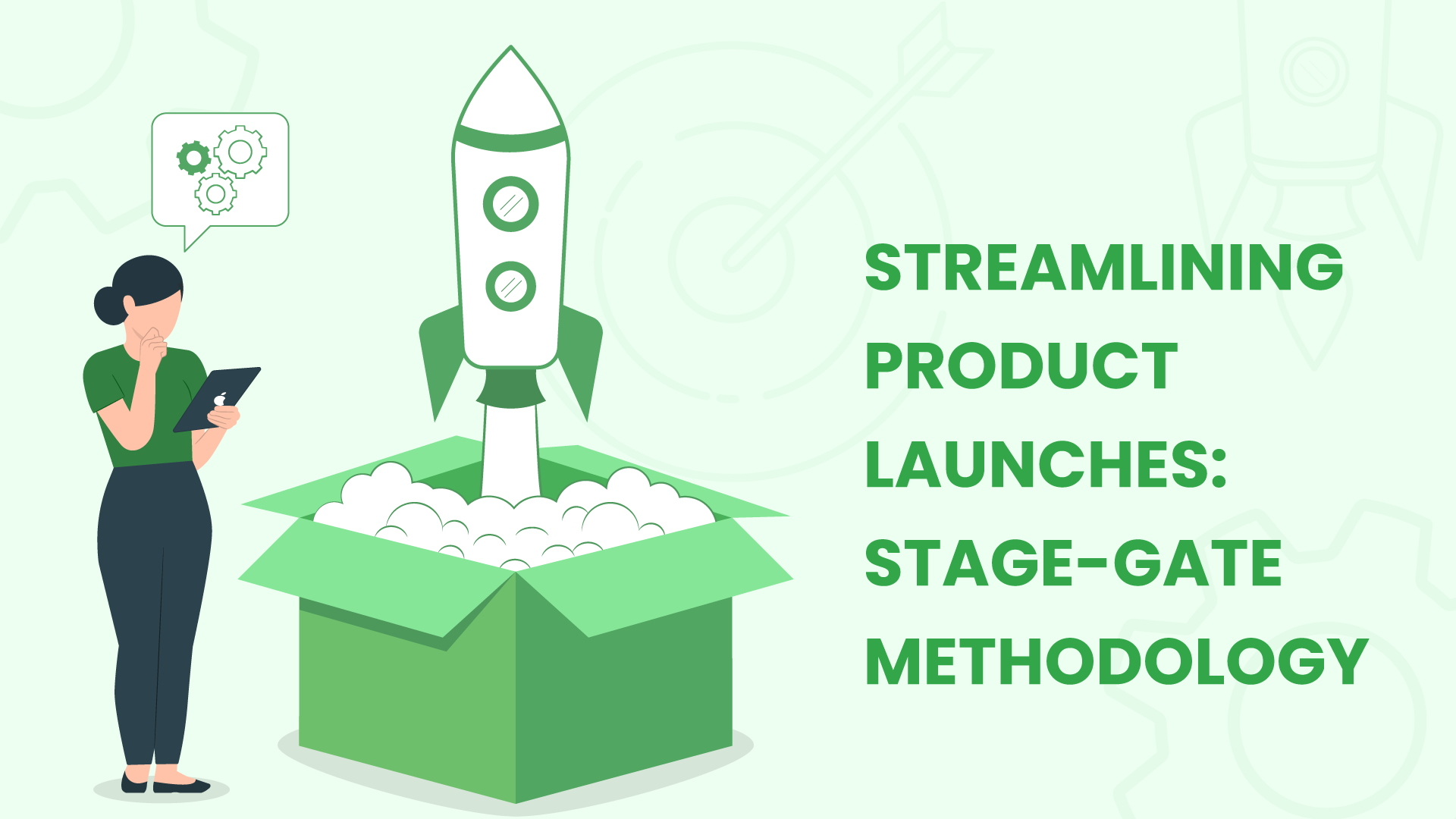
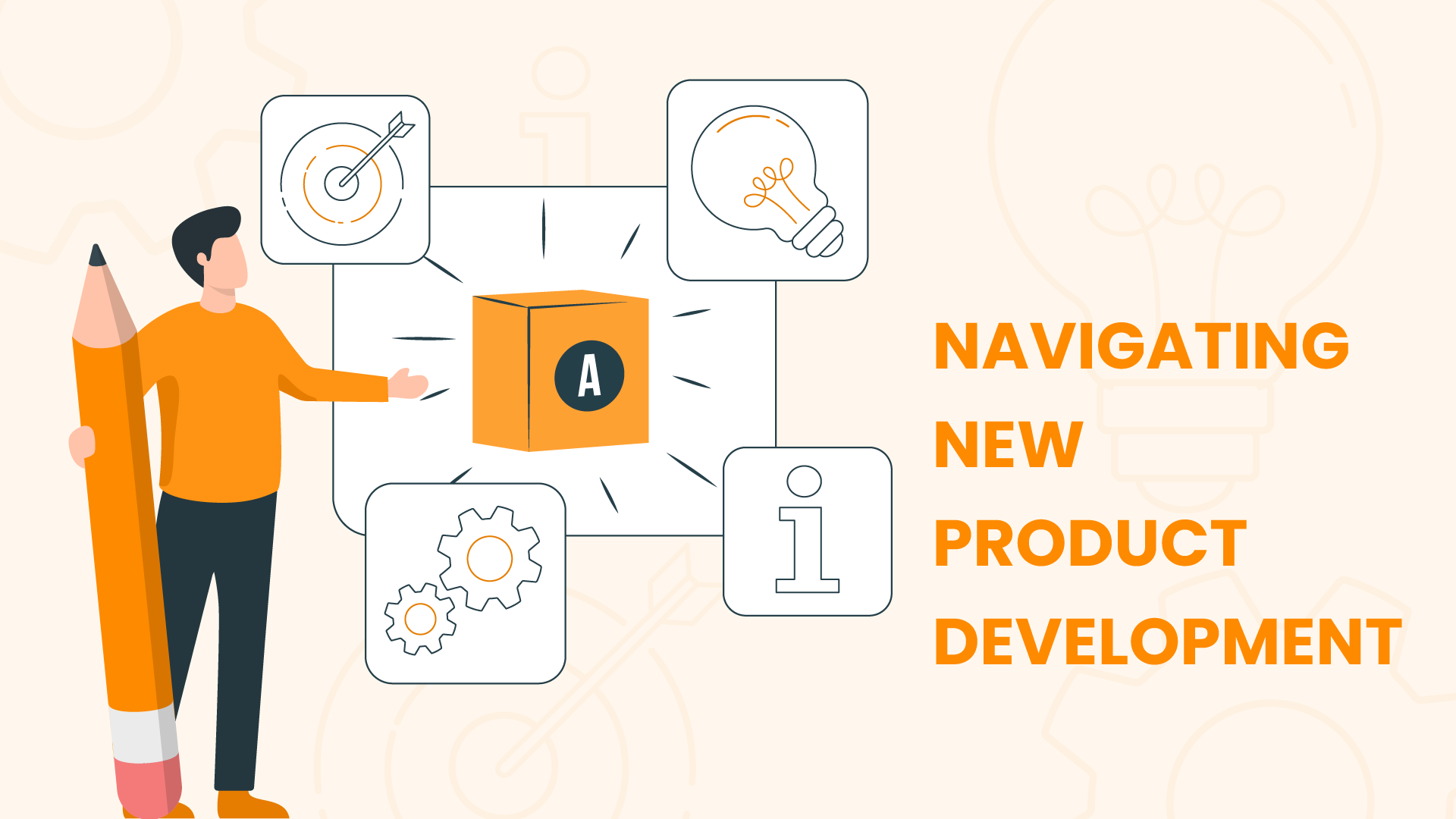

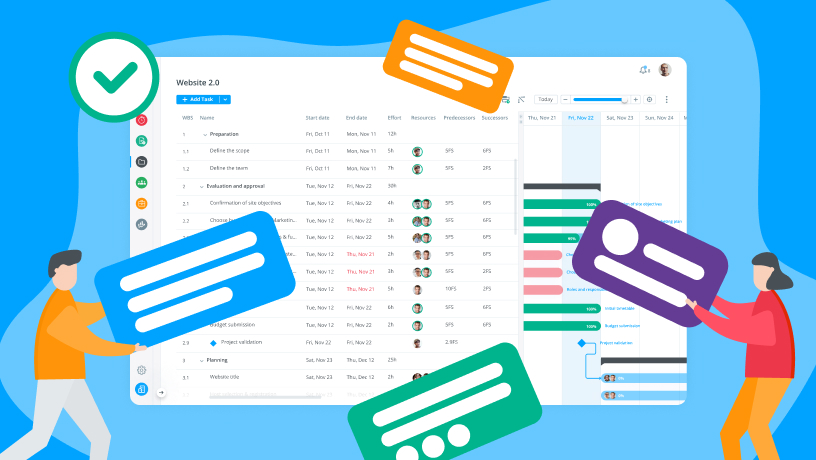



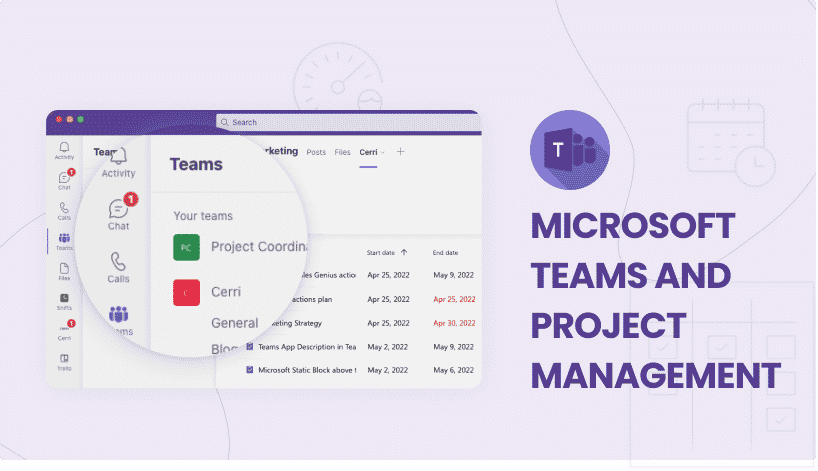



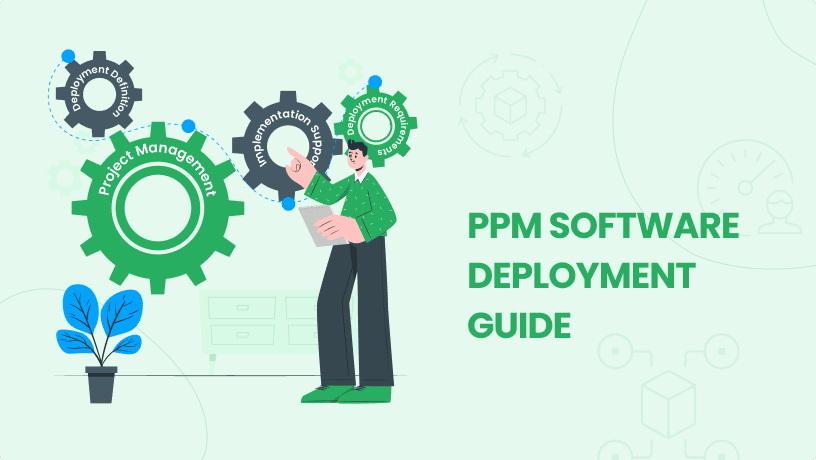

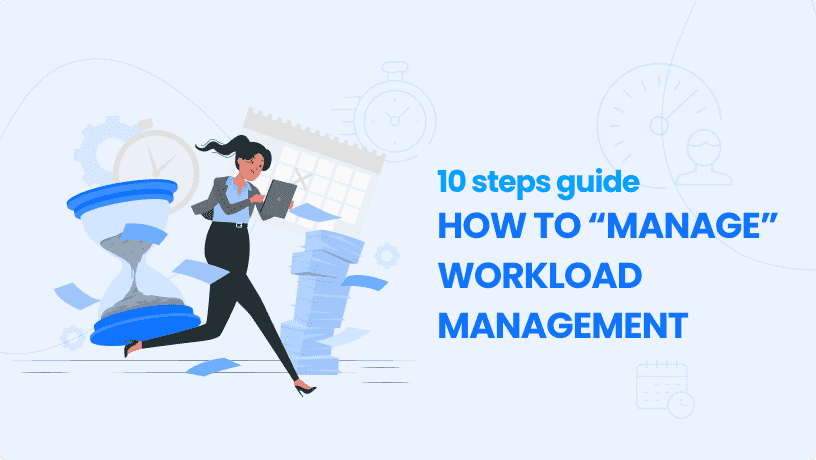






 Task Management
Task Management 

















 Customization
Customization
